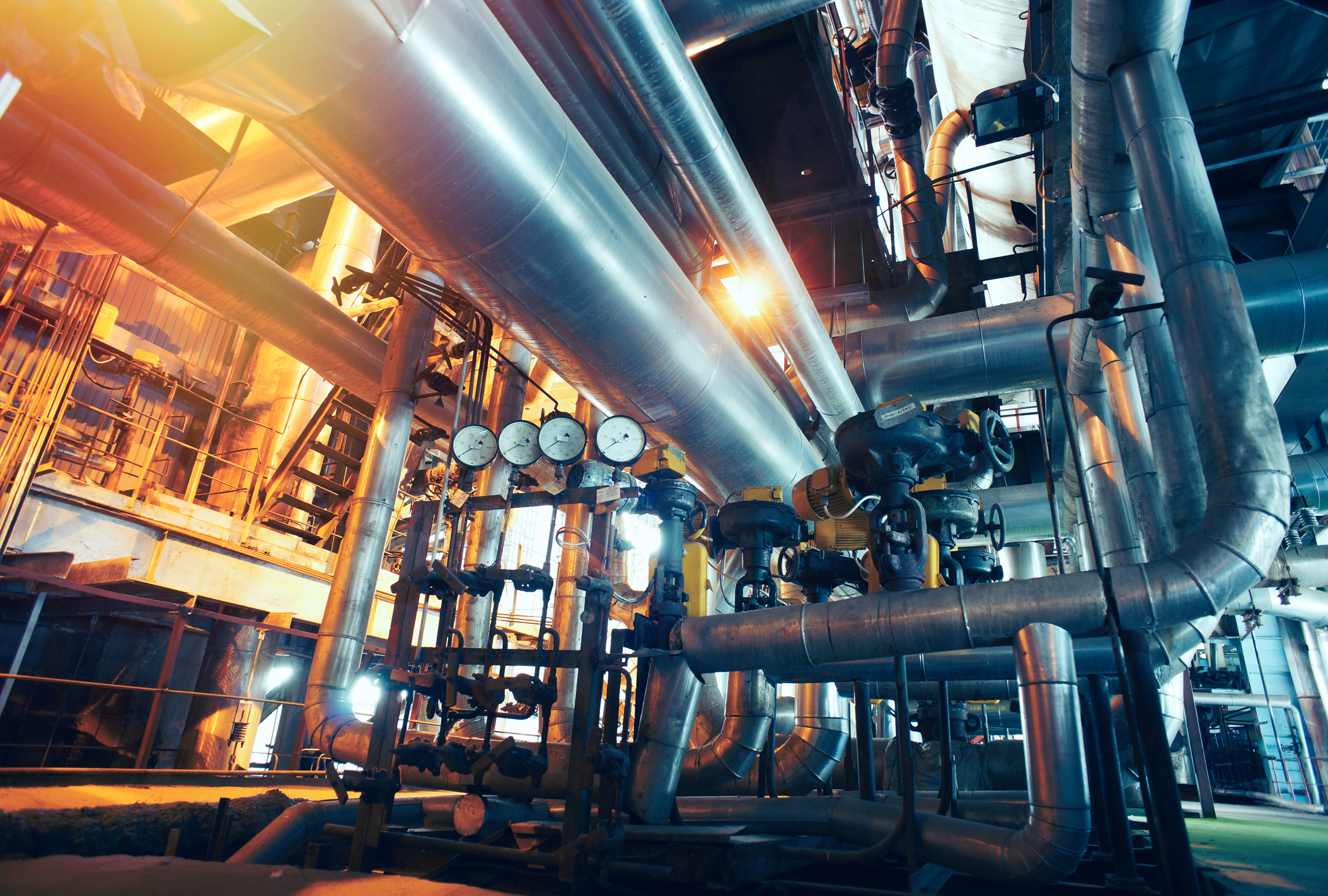Superalloys
Superalloys are developed for use at elevated temperatures where severe mechanical stressing is encountered and high surface stability is frequently required.
Three classes of alloys meet this definition – cobalt-base, nickel-base and iron-base. The driving force behind the development of superalloys is the jet engine, which requires ever-higher operating temperatures. Cobalt based superalloys are also used in gas turbines, space vehicles, rocket motors, nuclear reactors, power plants and chemical equipment.



Innovation
Powder metallurgical alloys
Powder metallurgical alloys have finer carbide dispersion and smaller grain size, providing superior properties to cast alloys. Further process development by hot isostatic pressing has improved the properties even further, by removal of possible failure sites.
Casting
Casting is important for cobalt-based alloys and directionally solidified alloys have resulted in increased rupture strength and thermal fatigue resistance.
Single crystal alloys
Even further improvements in strength and temperature resistance have been achieved by the development of single crystal alloys. These trends have allowed the development of higher thrust jet engines which operate at even higher temperatures.
Magnetic Alloys
Since its first use for in magnetic steels in 1917, cobalt has been present in alloys used in many important types of magnet covering a range of applications such as wind turbines, hard disk drives, motors, sensors, actuators or magnetic resonance imaging.
Magnets are generally classified as hard magnets and soft magnets. Soft magnets have low coercivity and do not retain magnetism induced by a magnetic field if the field is removed. By contrast, hard magnets have high coercivity and can be permanently magnetised by applying a magnetic field. Cobalt is predominantly used in hard magnets, which are utilised in sensors, motors, disc drives, magnetic resonance imaging and high efficiency motors.
